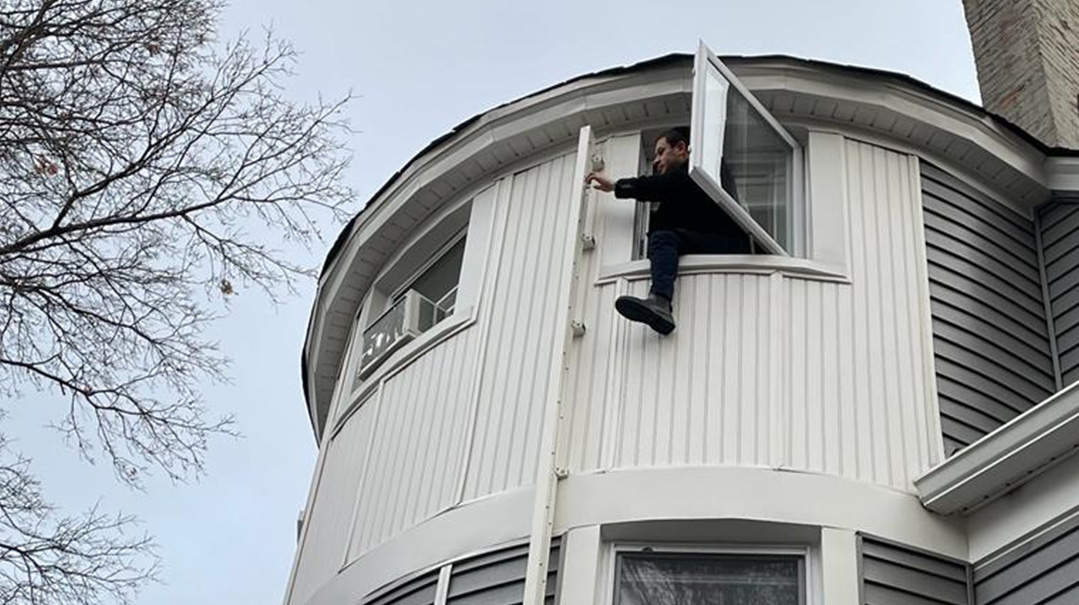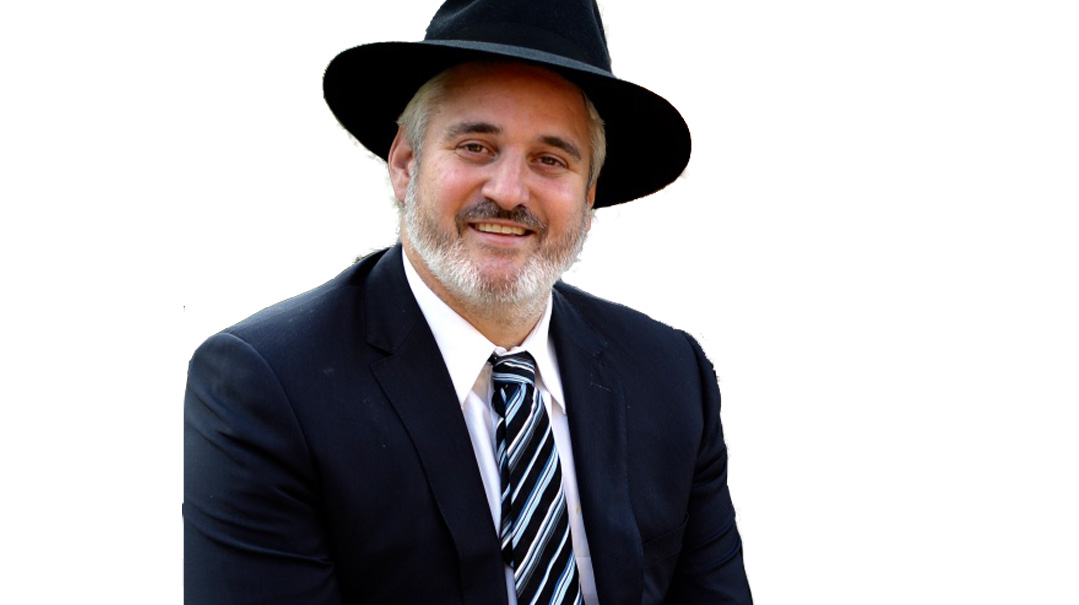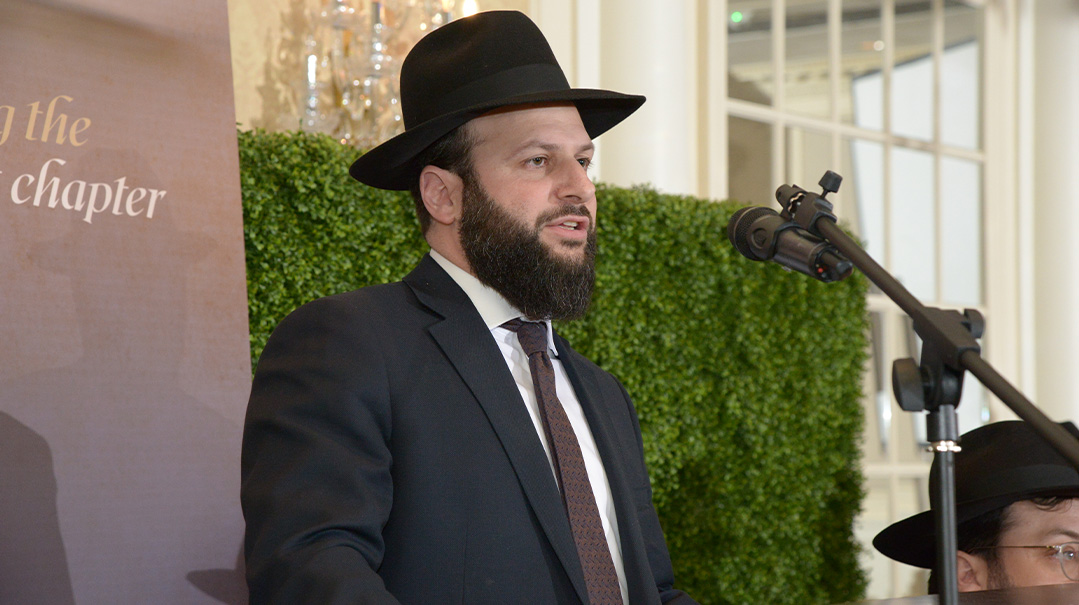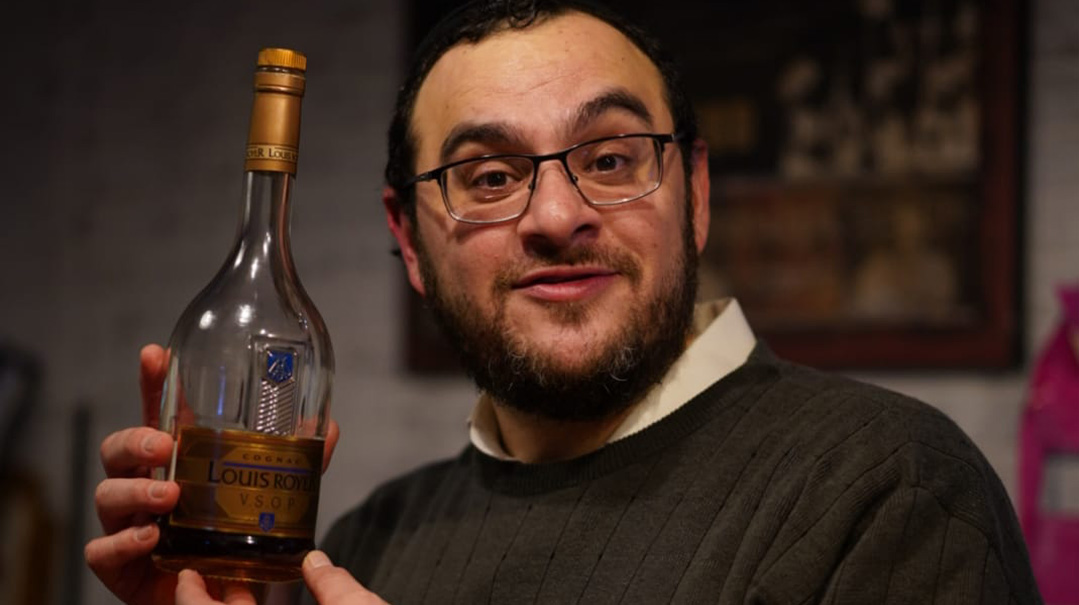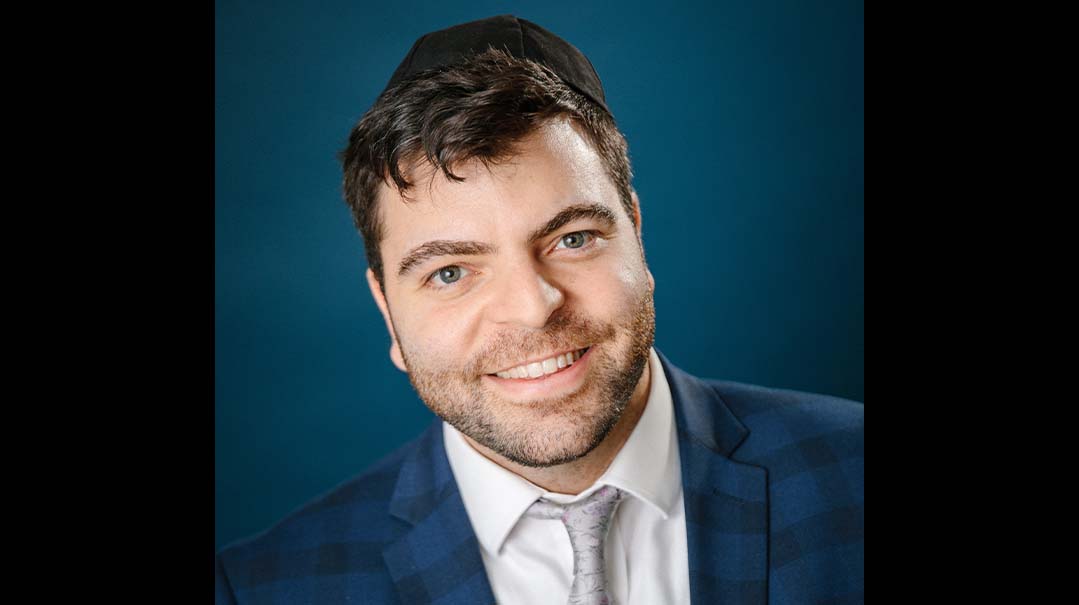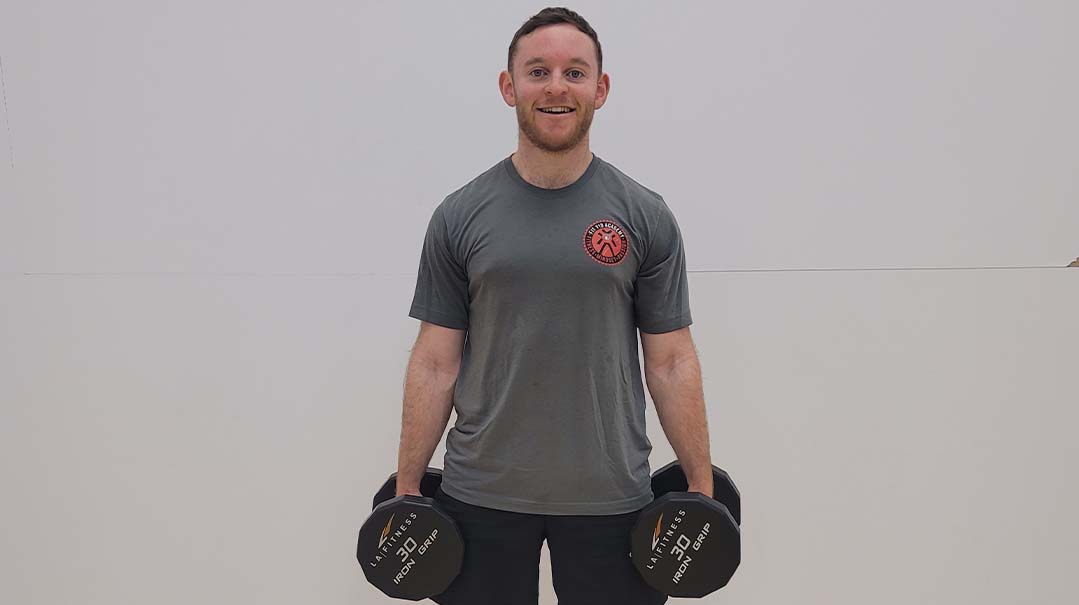10 Questions for Avi Kehat

R
aising the Ante
A late-night side project starting out as a safe place to put extra ma’aser morphed into a forum of hope for desperate people who have to come up with a fortune
Avi Kehat
is the founder and CEO of The Chesed Fund, a crowdsourcing website for tzedakah causes. He is based in Ramat Beit Shemesh, Israel.
1. How does The Chesed Fund work?
Our goal is for anyone who needs money for a cause to be able to collect it online easily, with no commission charges. We see everything from orphans to medical expenses to helping with weddings, or even for creative purposes, like buying a friend a wedding gift or helping pay for someone’s yeshivah studies. People use the platform from all around the world, from almost every country — some who even need help translating the text into English so they can create an effective campaign.
2. What’s your most common cause?
Hachnasas kallah — a lot of people raise funds for weddings on The Chesed Fund. Whether it’s a large family that needs assistance, or a family where one or both parents have passed away, Rachmana litzlan, the platform is a powerful way for a couple to start a new life together. Some of these funds are very successful, raising tens of thousands dollars toward building a bayis ne’eman b’Yisrael. We’ve had several cases of meis mitzvah, where a burial was needed, and I remember one case of pidyon shevuyim. Our largest was a matching campaign for Aish, they raised more than $2.1 million toward their kiruv efforts. Sometimes it’s the speed in which the money is raised that’s impressive — the Cincinnati Kollel raised over $300,000 in just 36 hours. A campaign for a family whose father passed away raised over $200,000 in less than two days — that’s a significant amount of money, not for an organization but for one family to get back on its feet.
3. How did you get started?
I was looking to create a central place for any Jew who wants to participate in a mitzvah or give extra maaser money: write a sefer Torah, help build a shul or mikveh or school, publish a new sefer, partner in new Jewish software, and so on. It dawned on me that there are many sites out there raising money for worthy causes, but they take a hefty chunk of the money raised — standard is anywhere between five to nine percent. I decided my site would offer this service for free; it’s for needy people, after all. And that’s how The Chesed Fund was created. It’s the only Jewish chesed site that doesn’t charge a dime; the only fee you’ll see is the credit card processing fee, which goes to the credit card processor.
4. When did you launch?
Purim 2016. The Chesed Fund is the result of years of work. I work in computers — this is a side project, and I’d work on it late into the night, because something this complex that’s supporting so many visits and monthly donations requires a robust architecture and constant maintenance. And frankly, it’s grown beyond my wildest expectations — I find myself working overtime to keep up.
5. What’s the process to start a campaign?
The core model of crowdfunding isn’t new: You create a webpage to explain your cause, appealing to other people’s generosity, and they can contribute directly. Our approach, which was very innovative at the time, was to make it all commission-free, with the only charges coming from the credit card processors. There’s room for the other platforms, too, because each one serves a unique purpose for a unique audience. For example, Charidy sometimes refers people to us if they can’t host the campaign, because it’s individuals raising money for themselves — Charidy requires that you be a registered nonprofit. Others take a large commission because they’re running your campaign for you.
6. Do you work alone?
I have great partners who believed in the vision and helped make it a reality. The Chesed Fund relies entirely on donations, which was a big bet on the goodness of people’s hearts. Baruch Hashem, the bet paid off — many donors will make generous donations to The Chesed Fund while contributing to the causes that brought them to our site. We have a small group of developers focusing on different parts of the site — design, processing, server stability — and a dedicated support team. People ask if we’re concerned about money-laundering or other legalities, but we’re not, because we don’t receive the funds — the donor uses our site to create a processing account and links his bank to that account, and any charity the fund receives gets sent there directly via Stripe merchant services.
7. Have you made changes along the way?
Due to popular demand, we added two new campaign types: matching campaigns, where every donation is matched by a factor of two or more, and child-parent campaigns, where several fundraisers join to raise money for a shared cause, so it’s viewed both as the individuals’ campaigns and as a combined campaign of those participating organizations. From past experience, we no longer get involved in causes for legal expenses. Those situations are often complex, with multiple sides claiming their veracity, and rather than getting dragged into the politics and potential mudslinging, we prefer to not get involved. There are so many causes where it’s clear who needs help, we prefer to focus on those.
8. Do you ever reject causes?
We don’t allow causes that promote illegal or deceitful activity, or ones that get reported to us as fraudulent or slanderous. We also don’t allow causes for one side of an argument, like child custody — settle that in beis din. To be honest, the platform is too large for us to monitor each campaign, but we keep an eye out for unusual campaigns, and we’re available to review causes that donors report to us as suspicious. We’ve also come up with a verification option, where we vet a campaign and mark it with a badge to increase donors’ confidence in it.
9. Any fundraisers that surprised you?
There was this one campaign launched by a woman in California who raised $50,000 for her nephew’s surgery that wasn’t covered by insurance; she had no professional crowdfunding background, just a compelling story, and she worked hard promoting it wherever she could. A few months after we launched, a family needed to modify their home to accommodate their handicapped twin boys. Their campaign was an overwhelming success, they raised way more than they asked for, and after ten months of renovations, they moved back into their house. The family made a kiddush and chanukas habayis at their house and sent invitations to everyone who contributed to their cause — people all around the world.
10. What’s the toughest part of the job?
Seeing so much pain and suffering; The Chesed Fund is essentially a collection of people’s biggest problems. I literally cry sometimes reading the descriptions, seeing the videos, for each campaign. But at the same time, seeing people step up and contribute, oftentimes donors who don’t even know the people in need, is heartwarming — it’s the entire reason I created the platform, it’s what keeps me going at 4 a.m. It really gives me a great feeling to wake up in the morning and get the daily report of the previous day, to see we’ve helped Yidden raise $100,000 for tzedakah in a single day. (Originally featured in Mishpacha, Issue 731)
Oops! We could not locate your form.







